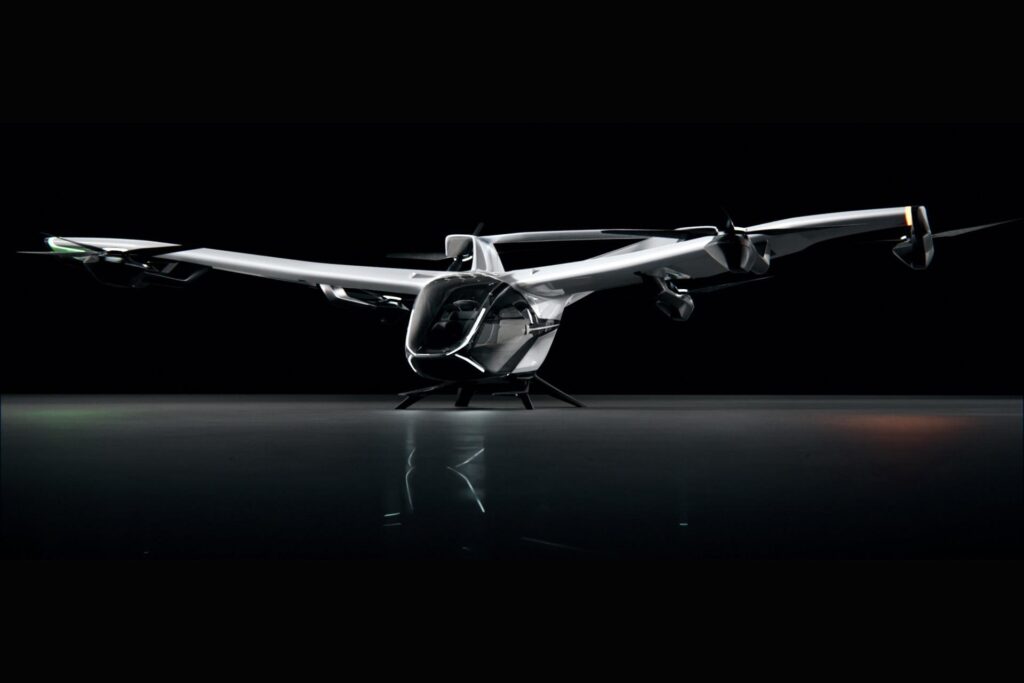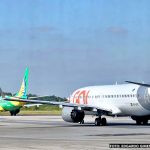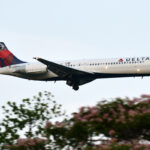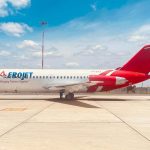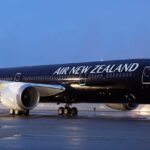There is a lot of discussion about Urban Air Mobility (UAM) in Latin America’s large cities, led by the megalopolises of São Paulo and Mexico City. The introduction of electric vertical take-off and landing vehicles (eVTOL), while still in the testing stage, is likely to provide solutions to serve these markets.
Some time ago, some Argentine media echoed news related to the arrival of eVTOLs by the Corporación América Airports group, of which Aeropuertos Argentina 2000, the company holding the concession for most of the commercial airports operating in the country, is part of.
What is certain is that sustainable urban air mobility based on the introduction of electric vehicles is still in the developing stage, such as the Eve Project of the Brazilian manufacturer Embraer, which in November launched a UAM simulation in Rio de Janeiro, the second-largest city in the Latin American giant.
See also: Eve Project: Embraer to start urban air mobility simulation at Rio de Janeiro
Furthermore, in September, the Brazilian airline GOL and the ground transportation operator Grupo Comporte signed a non-binding letter of intent with the lessor Avolon for the incorporation of 250 eVTOLs from the manufacturer Vertical Aerospace, demonstrating their potential for the future.
See also: GOL and Grupo Comporte agree with Avolon for 250 eVTOLs from Vertical Aerospace
Looking to expand UAM services in Latin America, Airbus launched the Voom helicopter seat rental service in Sao Paulo and Mexico City, which is provided by several of the company’s partner companies. Voom’s experience, with more than 150,000 registered users, was helpful in creating a large database of data related to urban air mobility.
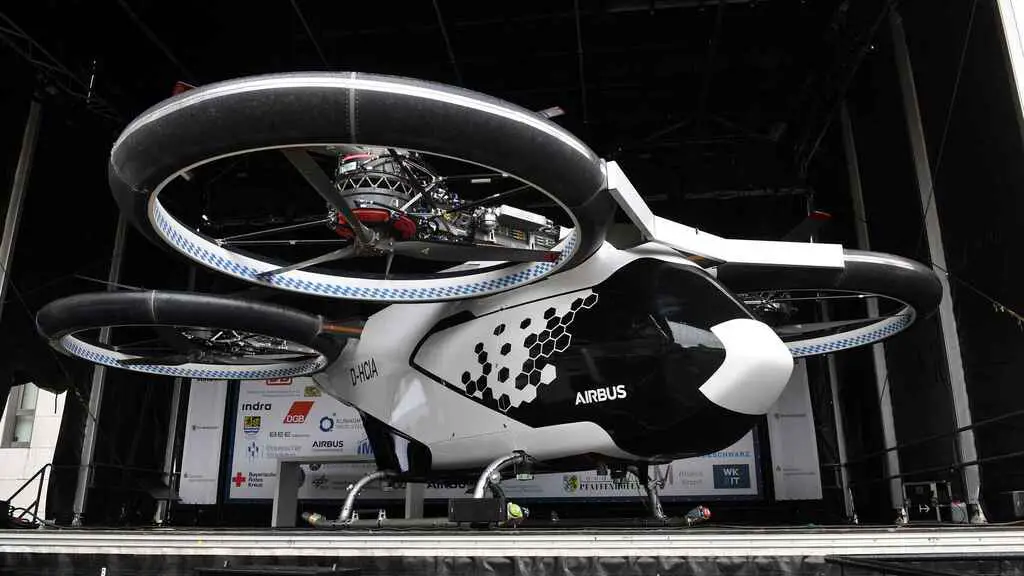
Jörg Müller, Head of Urban Air Mobility at Airbus, in exclusive contact with Aviacionline, assured that «Sao Paulo and Mexico City were the first regions in Latin America where we tested UAM B2C missions with our start-up at the time called Voom. From 2017 to 2020 we flew over 15 thousand people in those two cities. We were testing Urban Air Mobility here under the existing ecosystem: Helicopters, ATC, Heliports.
The Airbus Urban Air Mobility team was able to prove that it is viable to expect high demand in large Latin American cities, for which such a service must be offered at scale and with the right cost base. «Service reliability is extremely important, and this requires active handling in times of weather problems, etc.,» they assured.
The truth is that they were also able to offer an urban air mobility service at a cost double that of, for example, a ground cab, but with a 10% reduction in travel time. It was also identified that most of the trips were around 30 km in distance, but that on routes of less than 10 km there is also a high demand given the traffic congestion generated by commercial activities and inadequate ground mobility proposals.
Over and above Voom, according to Müller, Airbus has also extensively collaborated with local partners to carry out in-depth UAM studies. «For example, in Sao Paulo, we conducted an in-depth study to quantify the value proposition of eVTOLs and vertiports. This study was developed with public and private partners and took into account planned urban developments and sociodemographic trends. Within the framework of this interdisciplinary study, we have developed an optimized UAM network, designed vertiports in selected sites and developed a transportation model to simulate and validate our mobility concept,» he added.
Obviously, such strategies are preparing the ground for the future arrival of eVTOLs, which could promote urban air mobility that is much friendlier to the environment and to the surroundings of cities. Furthermore, a key factor will be the cost structure of operations in order to provide affordable options to customers.

Infrastructure is another key issue when considering the growth of urban air mobility in Latin America, i.e., how viable it is for UAM to develop in the region’s large cities, taking into account the availability of heliports in strategic areas and air traffic control services, among others.
According to the Airbus team, urban air mobility is very valuable on routes where there are no direct, high-performance transportation alternatives such as high-speed trains. It also offers solutions for very dense traffic situations in areas with traffic jams and bottlenecks or for traveling longer distances. UAM is also heavily driven by the high demand for commuting between major centers such as airports and business districts.
The Latin American city with the largest presence of urban air mobility is São Paulo, Brazil, which, according to data provided by Airbus, has more than 400 heliports – nearly 100 of them certified for commercial operations – many located in hotels and other high-profile buildings. In addition, there is a strong fleet of helicopters for passenger transport and the São Paulo region has air traffic control dedicated exclusively to them.
However, there are still limitations to VTOL operations in cities, such as the availability of airspace, noise pollution restrictions or even the location of heliports.
«The integration (of heliports) at airports is generally a bit easier as there is space around them and there is also a significant noise environment, however, even there it is key to install the infrastructure close to the passenger terminal,» said Jörg Müller, Head of Urban Air Mobility (UAM) at Airbus.
«For example, in São Paulo the flight from the city center to the airport was around 15 minutes, but the general aviation landing site was on the other side of the airport, and it took around 28 minutes by van to reach the terminal. Also, because of the approach routes for commercial flights, the airspace is heavily utilized and VTOL operations are limited,» he concluded.
From Airbus’ experience in Sao Paulo and Mexico City, it can be concluded that sustainable urban air mobility has a projection in large cities, even in spite of the deficiencies that may exist in relation to infrastructure. As a matter of fact, Airbus assures that heliports are relatively easy to install and that the most important thing is to consider their strategic location.
The extrapolation of this trend to the city of Buenos Aires is a whole new chapter. Although it is an important economic center in the southern cone, so far it does not have an offer of UAM services that comes close to the large Latin American cities.
The European manufacturer’s big bet is the eVTOL CityAirbus NextGen, an all-electric aircraft equipped with fixed wings, a V-shaped tail, and eight electric propellers. Designed to carry up to four passengers in a zero-emission flight, with a range of up to 80 km, at a cruising speed of 120 km per hour.
According to Müller, «the CityAirbus NextGen is designed for simplicity and low operating costs. Consequently, this also means a smaller logistical footprint. We are actively pursuing the best infrastructure solutions to offer citizens a reliable air mobility service that integrates the user experience from the very beginning, especially taking into account the software and space needed for check-in and boarding, charging or battery exchange, and basic vehicle servicing. While regulatory maturity and public acceptance build, we will start by using existing transportation infrastructure in urban environments.»
» Therefore, airports and other mobility players are privileged partners in this journey. Making operations efficient and more frequent also requires a city traffic management system. This will have to evolve into a strongly automated and safe system that transforms into an autonomous flight at a later stage. In comparison with a classic helicopter operation, a certain amount of investment is still needed, particularly if the service is to be upgraded and offer the most integrated experience to passengers,» he added.
Airbus is committed to delivering a sustainable solution for passenger and cargo transport in and around major cities with the CityAirbus Next Gen, which is being developed to serve markets around the world.
For Jörg Müller, «Latin American mega-cities are privileged locations for future UAM services. We have built a strong experience with our Voom service, and we have a wide network of potential partners, including operators, who could play a major role in scaling up UAM due to their existing infrastructure, strong demand, and helicopter traffic, which makes it easy to start operations».

